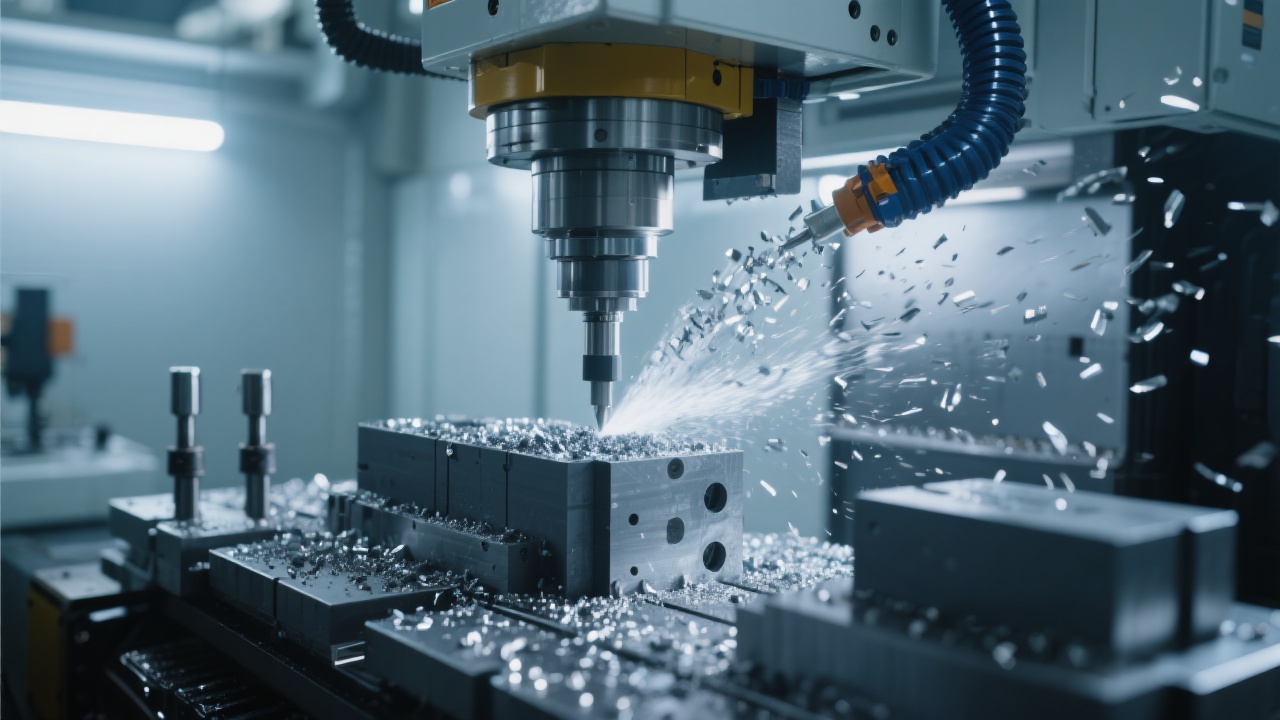
In high-precision machining environments—especially those involving carbon fiber-reinforced polymers (CFRP) and graphite materials—unplanned downtime can cost aerospace manufacturers up to $15,000 per hour in lost productivity. A recent case study from a Tier-1 supplier of aircraft components highlights how an innovative full-seal hood design on their wet-milling graphite center (DC6060G) cut machine stoppages by over 60% within six months of implementation.
Key Insight: In graphite machining, airborne particles are not just debris—they’re the leading cause of thermal imbalance, motor wear, and coolant contamination. A sealed enclosure isn’t optional—it’s essential for reliability.
Most standard machine enclosures use open ventilation or partial covers that allow fine graphite dust and metal chips to infiltrate critical zones like spindles, linear guides, and electrical cabinets. According to internal data from one European aerospace OEM, 78% of unplanned maintenance events in graphite processing were linked to contamination ingress—not mechanical failure.
| Issue Type | Pre-Seal Frequency (Monthly) | Post-Seal Frequency (Monthly) |
|---|---|---|
| Coolant System Clogging | 8 times | 2 times |
| Spindle Overheating | 5 times | 1 time |
| Electrical Faults | 6 times | 0 times |
The DC6060G employs a multi-layered sealing system using high-molecular composite panels rated at IP68 for dust resistance. These aren’t just static barriers—they integrate dynamic seals around moving parts (such as tool changers and worktables) using anti-leak silicone gaskets and precision-molded joints.
Crucially, the design maintains airflow balance via a closed-loop ventilation system that draws air through HEPA filters before exhausting it externally. This ensures consistent internal temperatures (+/- 2°C variation), preventing thermal expansion issues that degrade machining accuracy—a known pain point in CFRP applications where tolerances must stay under ±0.02mm.

A major U.S.-based aerospace component manufacturer reported a 42% increase in mean time between failures (MTBF) after installing the sealed hood. Their team also noted a reduction in routine cleaning cycles—from twice weekly to once every two weeks—freeing up skilled technicians for higher-value tasks.
This wasn't just about fewer breakdowns. It was about predictable uptime. With a 98% availability rate now maintained across three shifts, they’ve been able to scale production without adding new machines—a win for both CAPEX and OPEX.
Why this matters: For B2B buyers evaluating equipment for aerospace composites, reliability is no longer a “nice-to-have.” It’s the foundation of ROI. The right protection strategy transforms your CNC into a long-term asset—not a recurring expense.
If you're managing graphite or composite machining operations where cleanliness equals consistency, we invite you to explore our comprehensive guide on High-Purity Machining Environment Design. Download the free whitepaper today—and schedule a technical consultation tailored to your workflow needs.
Download the Whitepaper: High-Purity Machining Center Protection Guide
